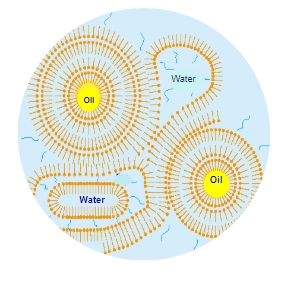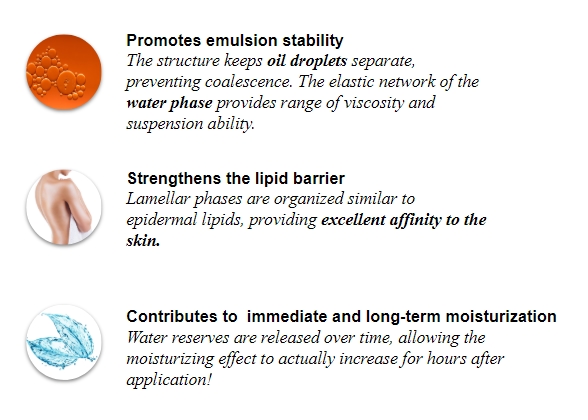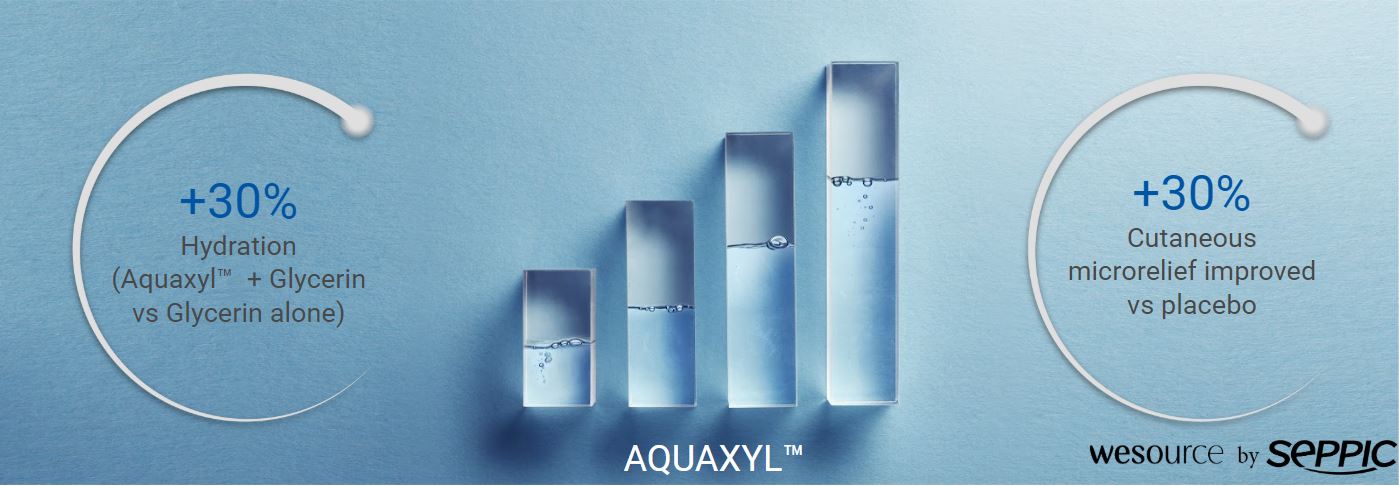
Formulating for sensitive skin
August 13, 2019
Redness. Itchiness. Tingling and burning. Sensitive skin is characterized by excessive reactions to factors that are generally well tolerated. As the diagnosis and treatment are not standardized, the definition of sensitive skin can vary from one person to another. Besides factors that we cannot control (e.g. illness, age, genetics), some of the key contributing factors in skin sensitivity are reactions with cosmetics and skin barrier impairment1. Before taking a look at soothing actives to counteract skin irritation and sensitivity, let’s look into creating formulas with excellent skin tolerance.
Why so SENSITIVE?
Although there is no standard biological definition of “sensitive skin,” we can summarize a few key commonalities:
Sensitive skin is naturally vulnerable to internal and/or external factors. This vulnerability causes a hyperreaction to these factors. It is not the same as an allergic reaction.
According to each profile, sensitive skin can therefore manifest itself through different types of reactivity, which may accumulate:
- prickling
- tightness
- itchiness
- heat discomfort and/or burning sensations
- redness
Although it is not fully understood, one of the main and most generally accepted hypotheses attributed to the occurence of sensitive skin is the weakening of the skin’s barrier function. The increase in permeability of the stratum corneum allows for irritating substances to penetrate the skin, and also an increase in water loss.
So, in order to create products for sensitive skin, we must choose ingredients with excellent skin tolerance, and formulate products that support the skin’s barrier function.
A Growing Market
About 50% of Americans claim to have sensitive skin, and even more purchase products for sensitive skin, believing they are more gentle and safe.
The 1990’s and early 2000’s saw a steady presence of formulas for sensitive skin on the market worldwide. In the most recent years, products formulated for sensitive skin have gained serious traction, with new product launches increasing by 37% from 2014 to 2018. Of those launches, the top label messaging is “Suitable for..” 2
The message? Consumers are not just shopping to treat their skin to “fix” a problem - they are looking for products that will be compatible with the skin they were born with.
Safety First! Choosing ingredients for Sensitive Skin
SEPPIC performs extensive studies to ensure that our products are safe and tolerable for all types of skin.
We’ve chosen some key ingredients to include specifically in sensitive skin formulation. Not only will this combination of ingredients support the skin’s barrier function, but Seppic has also developed a sophisticated approach to evaluate tolerance for sensitive skin types, using various skin models.
AQUAXYL™ (opens new window)
AQUAXYL™ is a patented association of natural plant sugars, that acts on the 3 key mechanisms of hydration: cutaneous barrier reinforcement, water circulation & water reserves enhancement. It boosts all cutaneous moisturizing actors (ceramides, proteins, hyaluronic acid,...) for short and long term skin hydration.
With a restored barrier function, the skin is less permeable, less reactive to external factors, and it’s fully hydrated to function and heal properly.
MONTANOV™ 202 (opens new window)
MONTANOV™ is a range of natural, alkylpolyglucoside O/W emulsifiers which are stable even in extreme conditions (from pH 3 to 10!).
MONTANOV™ emulsifiers create liquid crystal emulsions, which have several benefits for all skin types, especially sensitive skin.

Key benefits of liquid crystals:

As mentioned above, it is hypothesized that increased permeability of the skin is a contributor to skin sensitivity. With the lipid barrier strengthening effect and high reduction of TEWL from MONTANOV™ 202 (opens new window), it is the ideal emulsifier for sensitive skin. Hydrated and plump skin helps increase the barrier function, keeping irritants out and water in.
More studies are available upon request!
Sepinov™ EMT10 (opens new window)
Sensitive skin formulations often use minimal ingredients in order to keep a simple INCI listing. In this case, powerful and multifunctional ingredients are ideal.
SEPINOV™ EMT 10 is a universal, thickening-stabilizing-texturizing powder polymer. Aqueous gels, cream gels, emulsions and GELTRAP™ (opens new window) can all be produced using SEPINOV™ EMT 10.
With its satiny fresh texture, SEPINOV™ EMT 10 creates comfort upon application and easily spreadable formulas for sensitive skin, to reduce harsh rubbing.
SEPINOV™ EMT 10 demonstrates an excellent tolerance for immature skins and is therefore the perfect choice for baby products.
Visit our corporate site to discover the whole range:
SEPPIC Polymeric Thickeners and Stabilizers (opens new window)
References
DUARTE, Ida et al. Sensitive skin: review of an ascending concept. An. Bras. Dermatol.[online]. 2017, vol.92, n.4 [cited 2019-08-13], pp.521-525. Available from: . ISSN 0365-0596. http://dx.doi.org/10.1590/abd1806-4841.201756111.
Mintel. (2019). Personal Care - Body Care, Face / Neck Care -Sensitive Skin - U.S.- May 2017. Retrieved August 1, 2019, from Mintel Reports database.
